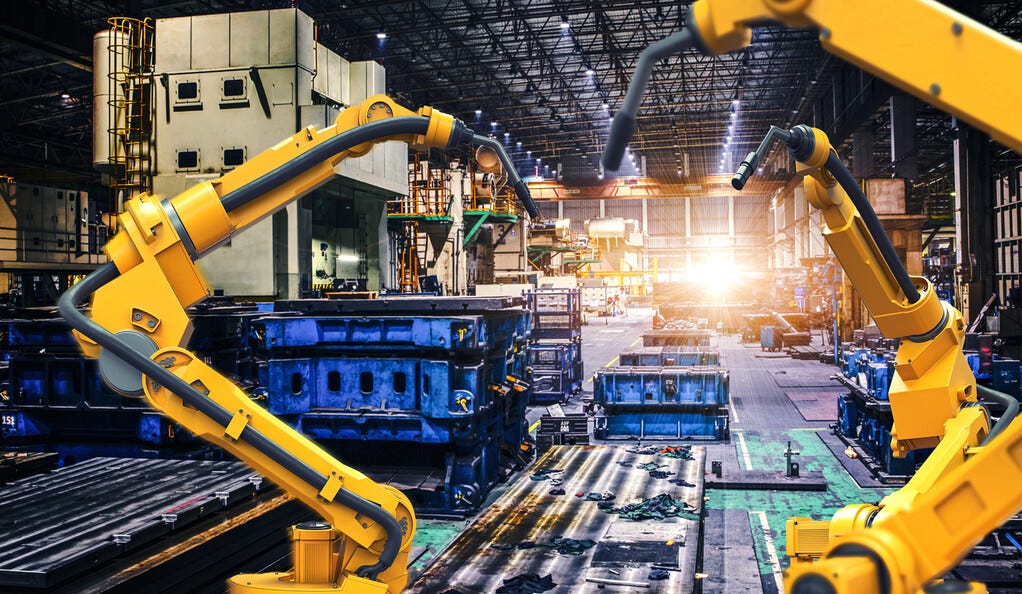How the Great Automation Will Kill People
How Robot adoption will actually increase mortality globally
This is an Op-Ed about the impact of robots and A.I. on society according to science, with some speculation about the future.
I write a lot about Artificial Intelligence and automation on my Newsletters. Some aspects of automation have been brushed aside by the financial elite of the world including the World Economic Forum that does not write about bot…
Keep reading with a 7-day free trial
Subscribe to AI Supremacy to keep reading this post and get 7 days of free access to the full post archives.



